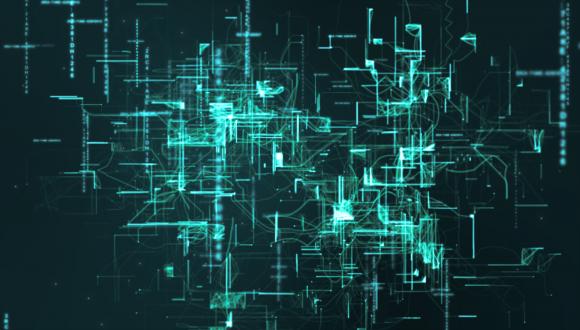Nanophotonic structure-mediated free-electron acceleration and manipulation in the classical and quantum regimes
By:
Dr. Roy Shiloh
Abstract
Chair of Laser Physics, Physics department, Friedrich-Alexander-Universität Erlangen-Nürnberg, Germany
Dielectric laser accelerators (DLA) are, fundamentally, the interaction of photons with free electrons, where energy and momentum conservation are satisfied by mediation of a nanostructure. In this scheme, the photonic nanostructure induces near-fields, which transfer energy from the photon to the electron via the inverse-Smith-Purcell effect [1,2]. Research in this direction is a wonderful opportunity to engage in multi-disciplinary science, because it directly involves accelerator physics, quantum physics, electron microscopy, ultrafast lasers, near-field optics, and nanofabrication.
There is great potential for DLA to provide ground-breaking applications, as it is the only technology promising to miniaturize particle accelerators down to the chip-scale. This is because dielectric materials allow using an order of magnitude larger electric fields, relative to metallic radiofrequency (RF) acceleration cavities. Further, modern ultrafast lasers are perfectly poised to induce these high fields, and have additional advantages over RF technology, including high repetition rates, femtosecond temporal period, and inherent phase-locking to the electron pulse, when the latter is generated by the same laser.
This fundamental interaction can also be used to study and demonstrate quantum photon-electron interaction. Photon-induced electron-microscopy (PINEM), first observed in 2009 and intended for applications in microscopy [3], has since evolved to be a fruitful source of photon-electron quantum
phenomena. In particular, the free electron’s energy spectrum can be measured and shown to have discrete energy peaks, spaced with the interacting photon energy, and correlated to the number of photon exchanges that took place during the interaction.
In this seminar, I will introduce you to the field of DLA. I will discuss the general prospects of DLA beyond its initial goal - electron acceleration - and towards the rich physics of photon-electron interaction with nanostructures. Our recently-published demonstration of free-electron transport in a nanophotonic structure will be presented [4], along with results from our recently-submitted work on measurements of photon-energy-resolved energy peaks, which were measured in a scanning electron microscope for the first time [5].
1. J. Breuer and P. Hommelhoff, "Laser-based acceleration of nonrelativistic electrons at a dielectric structure," Phys. Rev. Lett. 111, (2013).
2. E. A. Peralta, K. Soong, R. J. England, E. R. Colby, Z. Wu, B. Montazeri, C. McGuinness, J. McNeur, K. J. Leedle, D. Walz, E. B. Sozer, B. Cowan, B. Schwartz, G. Travish, and R. L. Byer, "Demonstration of electron acceleration in a laser-driven dielectric microstructure," Nature 503, 91–94 (2013).
3. B. Barwick, D. J. Flannigan, and A. H. Zewail, "Photon-induced near-field electron microscopy," Nature 462, 902 (2009).
4. R. Shiloh, J. Illmer, T. Chlouba, P. Yousefi, N. Schönenberger, U. Niedermayer, A. Mittelbach, and P. Hommelhoff, "Electron phase space control in photonic chip-based particle acceleration," Nature 592, 498–502 (2021).
5. R. Shiloh, T. Chlouba, and P. Hommelhoff, "Quantum-coherent light-electron interaction in an SEM," Submitted arxiv.org/abs/2110.00764 (2021).


